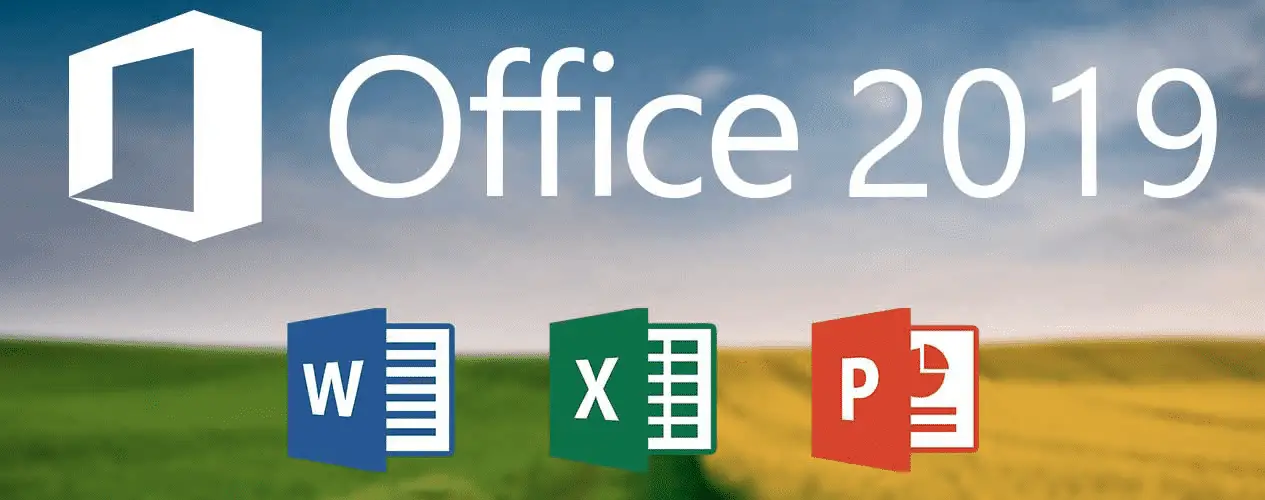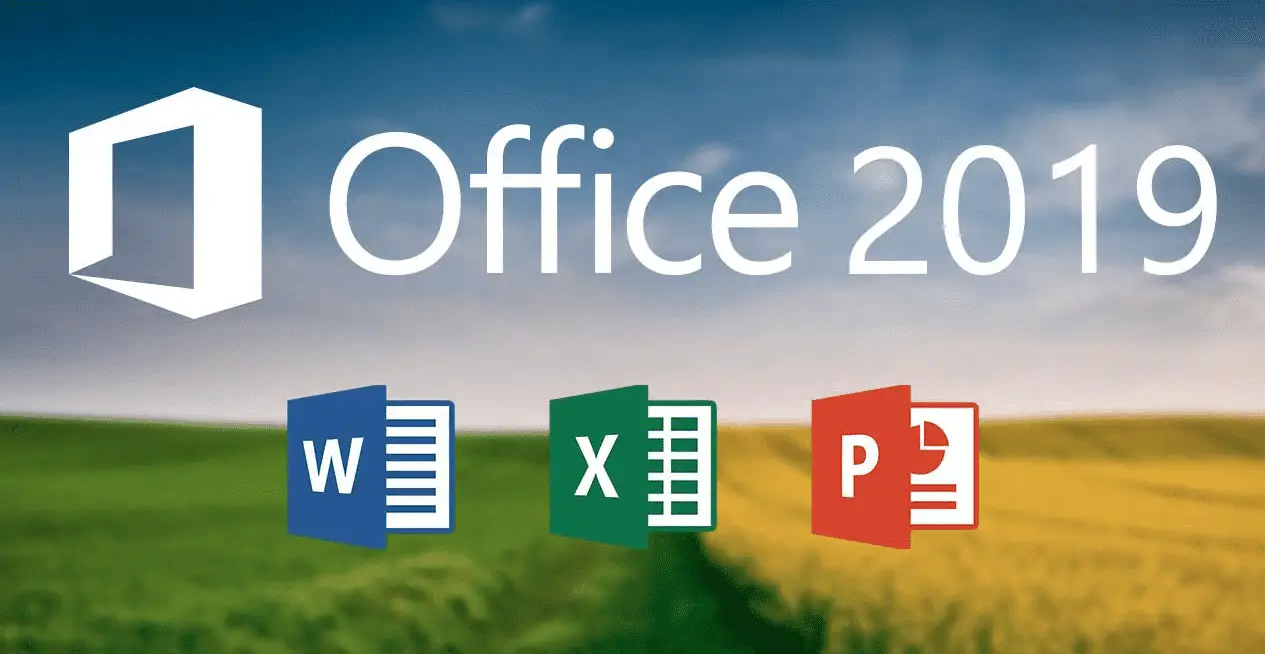Office 2019 will only support Windows 10

In announcing a series of adjustments to the ProPlus support terms for Windows 10 and Office 365, the company also revealed some details of Office 2019. At the Ignite 2017 conference in September last year, Office 2019 first appeared in the public eye, but Microsoft has rarely talked about since only know that the new features will include Office 365 users already have the new features.

Image: applesutra
Today, Microsoft said Office 2019 will be launched in the second half of 2018, the preview version will be launched in the second quarter of this year. It is noteworthy that Office 2019 can only run on the Windows 10 platform, and Windows 7/8.1 expansion support deadlines for 2020 and 2023, so there are still many users are still using the old system.
- Office 2019 will ship in H2 of 2018. Previews of the new apps and servers will start shipping in the second quarter of 2018.
- Office 2019 apps will be supported on:
- Any supported Windows 10 SAC release
- Windows 10 Enterprise LTSC 2018
- The next LTSC release of Windows Server
- The Office 2019 client apps will be released with Click-to-Run installation technology only. We will not provide MSI as a deployment methodology for Office 2019 clients. We will continue to provide MSI for Office Server products.
More precisely, Office 2019 only supports the remaining supported versions of Windows 10 Semi-Annual Channel, Windows 10 Enterprise LTSC 2018 and the next LTSC version of Windows Server. This means that like the new strategy for Office 365 ProPlus, Office 2019 will not run on versions of Windows that are not already supported.
Client-only applications provide Click-to-Run technology, meaning that users can not get an installation package that includes a full productivity suite. Users need to run the installer to download.
The listed client applications include Word, Excel, PowerPoint, Outlook, and Skype for Business, excluding OneNote, Access, and Publisher.
Finally, Office 2019 will not provide the usual 10-year support, but will provide 5 years of mainstream maintenance support, 2 years of extended support, and will eventually stop support on October 14, 2025.






